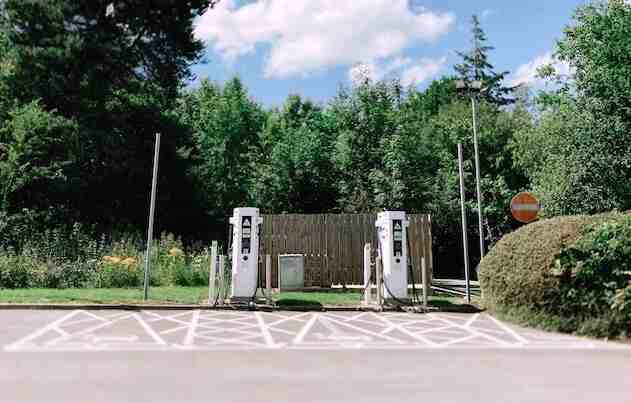Solving EV Pain Points
How can governments tackle the numerous public EV charging infrastructure challenges? How can they make it profitable so that it funds itself?
Cities, municipal utilities, energy providers, and private firms must locate ideal charging station locations and make smart investment decisions. Electricity demand also plays a vital role. The software can help plan EV charging infrastructure based on demand and grid capacity.
Planning electric vehicle charging infrastructure creates questions:
In what district or region are EV drivers expected? Will electric cars be charged at home, work, or in public? How many public chargers are ideal? What about the best spots? What neighboring attractions make charging worthwhile?
Simulation and software models help predict demand and make informed decisions.
Future charging station demand relies on how people live, work, and move.
Location analysis considers mobility, demography, and urban infrastructure.
Planners can study numerous scenarios in a simulated environment to estimate future developments and EV charging infrastructure needs.
This helps determine how many fast chargers versus normal chargers are needed, or the number of charging spots required in an area.
Grid capacity is another significant public charging infrastructure challenge. Choosing the improper charger location can increase grid expansion expenses. However, small location adjustments can make huge differences. Incorporating power grid data into a transport model helps plan electric vehicle charging facilities. Spatial demand forecasts can be matched granularly with grid capacities. The quantity model helps build charging infrastructure based on demand, solving EV pain points.
To sum up, incorporating a planning structure for EV charging infrastructure can help with cost-efficient rollouts based on identifying locations that best suit the charger dimensions (standard/fast charging, and the number of charging stations, et cetera). This can help solve EV pain points and deliver the maximum benefit for customers since the planning is demand-based.
Also Read: California Doubles EV Charging Stations With $3B Investment
Join the EV Revolution
With future generations eagerly looking toward affordable and sustainable EV models, it is clear that the future is electric! If you’re a parking operator looking to upgrade your locations, offering EV charging as a value-added service is a great idea for futureproofing your business.
With GMP EV, you can offer value-added services like EV charging through a custom-branded parking app or web app! Here’s why you should choose GMP EV to transform your parking lot into a mobility hub:
- Discover charging stations easily using the app
- Go app-less with a QR-based solution
- Pay online just once for both parking and charging
- Manage your sessions on a centralized dashboard
- Get real-time reports on energy consumption
- OCPI-compliant solutions for greater flexibility
What are you waiting for? Contact sales@getmyparking.com for a free demo or check GMP EV out on our website!

